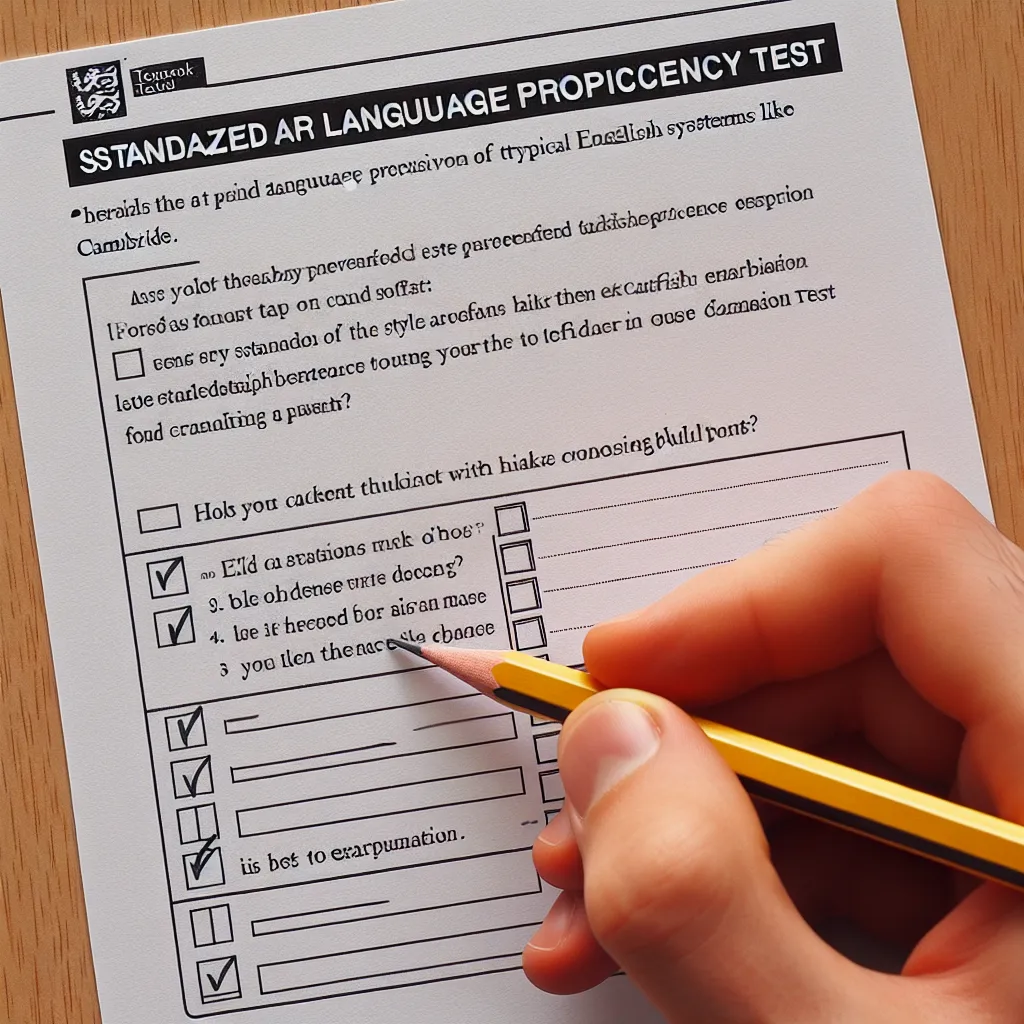Are you preparing for the Cambridge Writing Task 1 Report? This comprehensive guide will provide you with expert tips and strategies to excel in this crucial part of the Cambridge English exams. Whether you’re taking the B2 First (FCE), C1 Advanced (CAE), or C2 Proficiency (CPE), mastering the art of report writing is essential for achieving a high score.
Understanding the Cambridge Writing Task 1 Report
The Cambridge Writing Task 1 Report is a formal piece of writing that requires candidates to analyze data, describe a situation, or propose solutions to a problem. This task assesses your ability to organize information, use appropriate language, and communicate effectively in a professional context.
 Cambridge Writing Task 1 Report
Cambridge Writing Task 1 Report
Key Features of the Cambridge Writing Task 1 Report
- Formal tone and style
- Clear organization with headings and subheadings
- Data analysis and interpretation
- Objective presentation of information
- Recommendations or conclusions based on the given information
Preparing for the Cambridge Writing Task 1 Report
1. Familiarize Yourself with the Task Format
Before diving into practice, it’s crucial to understand the specific requirements of the Writing Task 1 Report for your exam level:
- B2 First (FCE): Reports are typically 140-190 words long
- C1 Advanced (CAE): Reports should be 220-260 words
- C2 Proficiency (CPE): Reports are expected to be 280-320 words
2. Study Sample Reports and Marking Criteria
Analyze official Cambridge sample reports and familiarize yourself with the marking criteria. This will give you a clear idea of what examiners are looking for in terms of:
- Content
- Communicative Achievement
- Organization
- Language
3. Practice Analyzing Data and Information
Improve your ability to interpret graphs, charts, and tables. This skill is crucial for many Cambridge Writing Task 1 Reports. Practice:
- Identifying key trends
- Comparing and contrasting data
- Drawing conclusions from statistical information
Writing the Cambridge Task 1 Report: A Step-by-Step Guide
1. Carefully Read the Task Instructions
Take time to understand the task requirements, including:
- The purpose of the report
- The target audience
- The specific information you need to include
2. Plan Your Report Structure
Organize your ideas before you start writing:
- Introduction: State the purpose and scope of the report
- Main body: Use clear headings and subheadings to organize information
- Conclusion: Summarize key points and provide recommendations if required
3. Write a Clear and Concise Introduction
Your introduction should:
- State the purpose of the report
- Provide a brief overview of what the report will cover
- Use formal language appropriate for the target audience
Example:
“The aim of this report is to analyze the recent changes in customer satisfaction levels and propose strategies for improvement.”
4. Develop the Main Body with Clear Subheadings
Use subheadings to structure your main points:
- Present information logically and coherently
- Use linking words and phrases to connect ideas
- Support your points with relevant data or examples
Example subheadings:
- Current Customer Satisfaction Levels
- Factors Affecting Customer Satisfaction
- Proposed Improvement Strategies
5. Use Appropriate Language and Tone
Maintain a formal and objective tone throughout your report:
- Avoid personal opinions or emotional language
- Use passive voice where appropriate
- Employ a range of advanced vocabulary and complex sentence structures
Example:
“It has been observed that customer satisfaction levels have decreased by 15% over the past quarter.”
6. Analyze Data Effectively
When presenting data:
- Describe key trends and patterns
- Use specific figures to support your analysis
- Avoid simply listing numbers without interpretation
Example:
“The graph indicates a sharp decline in customer satisfaction from 85% in January to 70% in March, suggesting a need for immediate action.”
7. Conclude with a Strong Summary and Recommendations
Your conclusion should:
- Summarize the main findings
- Provide clear recommendations based on the data presented
- Be concise and actionable
Example:
“In conclusion, this report has identified three key areas for improvement. It is recommended that the company focus on enhancing staff training, upgrading customer service systems, and implementing a regular feedback mechanism.”
Common Mistakes to Avoid in Cambridge Writing Task 1 Reports
- Ignoring the word count: Ensure your report falls within the specified word limit for your exam level.
- Using informal language: Maintain a professional tone throughout the report.
- Lack of organization: Use clear headings and a logical structure to guide the reader.
- Failing to analyze data: Don’t simply describe graphs or tables without interpretation.
- Omitting recommendations: If asked, always include specific, actionable recommendations.
Practice and Improve Your Cambridge Writing Task 1 Report Skills
To excel in the Cambridge Writing Task 1 Report, consistent practice is key:
- Complete timed practice tasks regularly
- Seek feedback from teachers or experienced peers
- Review official Cambridge sample answers and examiner comments
- Focus on improving areas of weakness identified in your practice reports
 Cambridge Writing Practice
Cambridge Writing Practice
By following these expert tips and strategies, you’ll be well-prepared to tackle the Cambridge Writing Task 1 Report with confidence. Remember, the key to success lies in understanding the task requirements, practicing regularly, and refining your skills based on feedback. Good luck with your Cambridge English exam preparation!
[internal_links]




